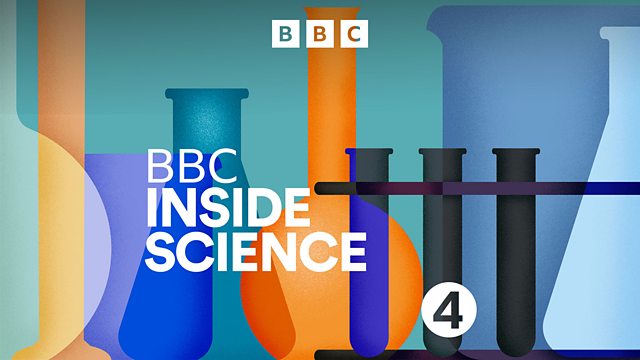Is gene therapy the future?
Plus, how aerosols change the weather, the secret vibrations bees make to communicate, and the risks from solar storms.
Last week, a girl who was born deaf had her hearing restored following gene therapy. In the US, the first commercial gene therapy for sickle cell disease has just begun. And Great Ormond Street Hospital has found great success in their trials and a gene therapy for children lacking an immune system. Gene therapy is clearly having a moment. But how do these groundbreaking therapies actually work? And will they ever be truly accessible to everyone? Geneticist Professor Robin Lovell-Badge answers all.
Also this week, atmospheric scientist Laura Wilcox answers an interesting listener question about the effect volcanoes can have on the weather and sticks around to dig into the connection between aerosols and weather in different regions.
The exhibition “Bees: A Story of Survival” opened at the World Museum in Liverpool this month. Part of the show explains the how honeybees communicate through vibration. Physicist Martin Bencsik, who collected and studies these vibrations, plays us a few and explains their meaning.
And did you get a chance to see the auroras that covered a large part of the Northern Hemisphere last weekend? The intense solar activity that caused them has some people alarm. Jim Al-Khalili, who has written a science fiction novel based on the concept, talks what is protecting us from solar flares and what could go wrong.
Presenter: Marnie Chesterton
Producers: Ella Hubber, Sophie Ormiston and Hannah Robins
Editor: Martin Smith
Production Co-ordinator: Jana Bennett-Holesworth
Last on
More episodes
Broadcasts
- Thu 16 May 2024 16:30������̳ Radio 4
- Mon 20 May 2024 20:30������̳ Radio 4
Explore further with The Open University
������̳ Inside Science is produced in partnership with The Open University.
Podcast
-
![]()
������̳ Inside Science
A weekly programme looking at the science that's changing our world.


